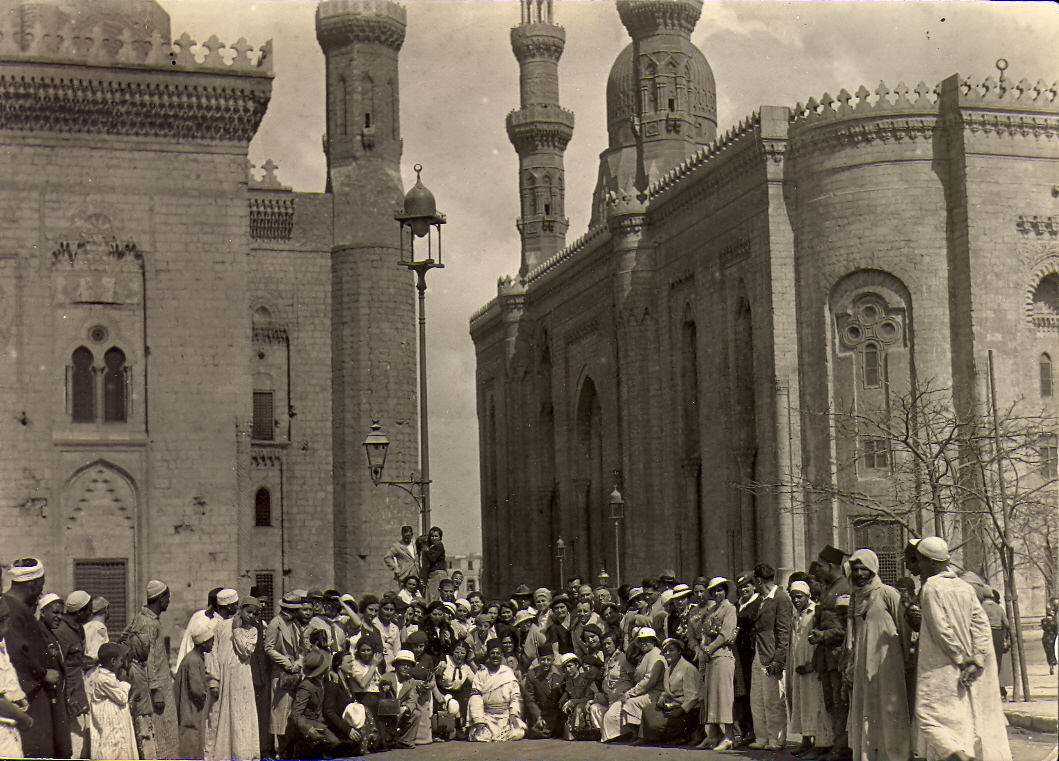This is an archive of megillot written for a Purim Sheni, a second or secondary Purim. In many Jewish communities around the world, “local Purims” celebrating the survival of specific communities are made which include the retelling of stories of their redemption under chilling circumstances.
Click here to contribute a reading you have written, translated, or transcribed for a Purim Sheni.



